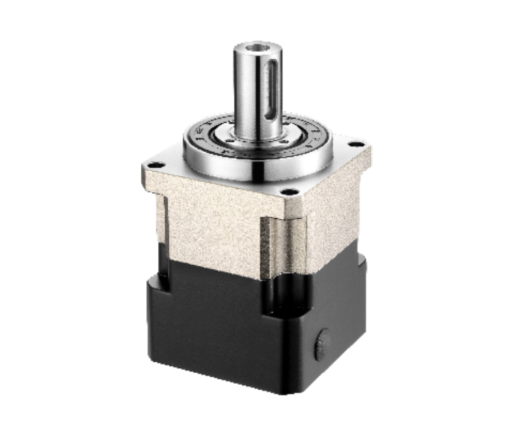Daily Observation and Inspection of Gear Reducers

It is essential to ensure that all lubricated areas in the planetary gear reducer are properly lubricated, with no contaminants present. The “Five Regulations” and “Three-level filtration” must be strictly followed to maintain cleanliness and lubrication quality.
2. Operating Conditions:
During operation, the robot gear reducer should not experience abnormal vibrations, looseness, or noises. The noise level should be maintained at or below ≤77dB(A).
3. Operational Parameters:
The temperature at various parts of the gear reducer and motor currents must meet the specified requirements. Ensure that the performance parameters of the reducer meet the required output or rated capacity of the robot reducer.
4. Equipment Documentation:
From the outset, thorough attention should be paid to the gear reducer. Upon receipt of the reducer, besides inspecting the reducer itself, it is also necessary to check its accessories. The planetary gear reducer should have an equipment file, which is part of the main machine’s documentation. The file should include assembly diagrams, parts diagrams for consumable components, factory quality certificates, user manuals, installation inspection records, and records of operation, testing, maintenance, accidents, and defects. All entries should be made in a timely and accurate manner.
Simple Maintenance Practices
1. Routine Cleaning and Lubrication:
Regularly clean the equipment and its lubrication system. Strictly follow the operating procedures and address small issues such as tightening loose parts in a timely manner. Fill out operational records as required and adhere to shift change protocols.
2. Regular Inspections:
During routine inspections, check whether the planetary gear reducer exhibits any abnormal vibrations under normal load. Verify the temperature readings from bearing sensors, check whether the lubrication system’s oil pressure and flow rate meet the required specifications, and ensure that the equipment operates without unusual noise or odors from mechanical or electrical components.
3. Long-Term Shutdowns:
For gear reducers that are out of service for long periods, ensure no dust or rust forms inside. At least once a month, operate the gear reducer for approximately one hour. During this time, observe through the inspection window and side cover for any signs of rust or wear on the gears and bearing supports.
Key Maintenance Considerations
-
Lubrication:
Ensure that the lubricant is clean and at the proper level. Regularly check the quality of the oil and replace it when necessary. Use the correct type of lubricant and replace it at intervals specified by the manufacturer. Ensure that the filtration system is functioning properly. -
Mechanical Integrity:
Check bearings for abnormal wear and verify that no parts are loose, particularly around the input and output shafts of the planetary gear reducer. Regularly inspect gear mesh gaps to ensure there’s no excessive wear. -
Temperature and Current Monitoring:
Monitor the operating temperature and current of the reducer. If these parameters fall outside the normal range, it could indicate a malfunction. Overheating often suggests insufficient lubrication or excessive load. -
Vibration and Noise Inspection:
Unusual vibrations or noise can indicate gear wear, bearing damage, or insufficient lubrication. Maintaining the noise level under ≤77dB(A) is a reasonable standard, and any deviation from this requires immediate inspection. -
Regular Operation after Long Periods of Inactivity:
Even if the gear reducer has been idle for extended periods, it should be operated at least once a month for one hour. This helps prevent internal parts from rusting or becoming stuck. -
Safety Checks:
Perform regular safety inspections, including verifying the integrity of protective covers and checking for any electrical hazards like leakage.
